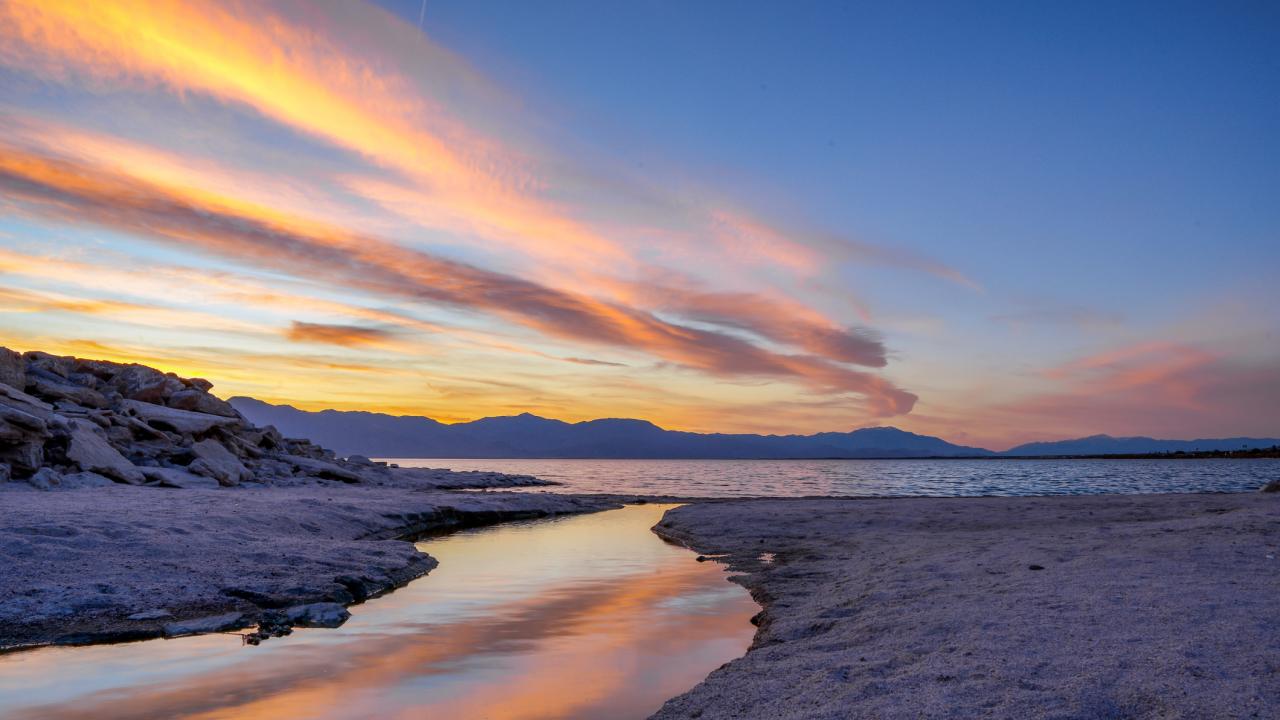As a new graduate student embarking on a master’s degree at the UC Davis Energy and Efficiency Institute in 2018, Meg Slattery was struck by how centrally batteries – particularly the rechargeable lithium-ion batteries in electric cars – figured into California’s decarbonization strategy.
But to put tens of millions of electric cars on American roads, battery manufacturers will need more lithium. That’s a challenge for the United States, which has just one active lithium mine in Nevada. U.S. lithium production supplies less than 2% of the world’s lithium supply, with most of the lithium produced by South America and Australia. Critics say that mining lithium from hard rock harms the environment, disturbs sacred tribal lands, and damages fragile ecosystems.
Solution in the Salton Sea?
Researchers believe one solution may lie in the Salton Sea geothermal field. This volcanic area in Southern California’s Imperial Valley sits atop enough lithium to supply all of America’s domestic battery needs, plus extra for export.
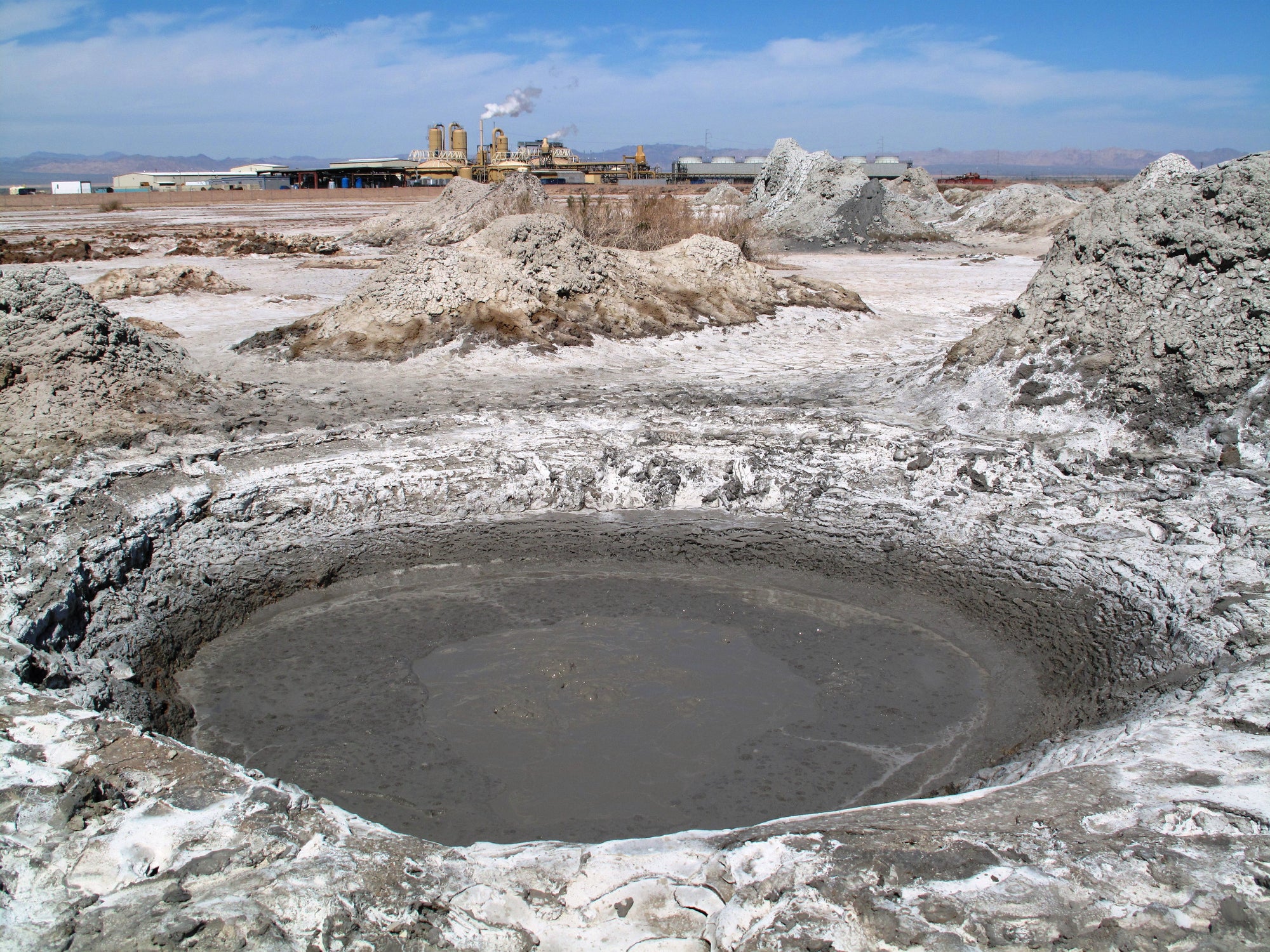
Companies already generate energy using steam from hot geothermal brine – a concentrated saline fluid that flows naturally in the earth thousands of feet below the Salton Sea. The brine becomes naturally enriched with lithium and other minerals as it circulates through hot rocks underground. Researchers want to recover lithium from the Salton Sea’s geothermal brine before it’s returned underground at the end of clean-energy production.
Proponents say that recovering lithium from geothermal brine offers a far more sustainable alternative to hard rock mining or evaporation, but just how sustainable and renewable the Salton Sea’s lithium supply actually is remains uncertain. So for the past few years, researchers from Berkeley Lab’s Lithium Resource Research and Innovation Center (LIRRIC) and Energy Storage Center have been working to measure the Salton Sea’s lithium resource capacity, evaluate the potential environmental impact of commercial-scale lithium extraction, and link California’s lithium future to the nation’s battery supply-chain strategy.
Slattery is now a Ph.D. candidate at UC Davis, and was recently named the Outstanding Student of the Year by the National Center for Sustainable Transportation. She is working with LIRRIC Director Mike Whittaker, a research scientist in the Earth and Environmental Sciences Area (EESA) at Berkeley Lab, to develop a new research blueprint as they explore the Salton Sea’s potential. It’s inspired by a concept called procedural justice that could give voice to Imperial Valley communities through scientific literature.
She shares her perspective in this Q&A.
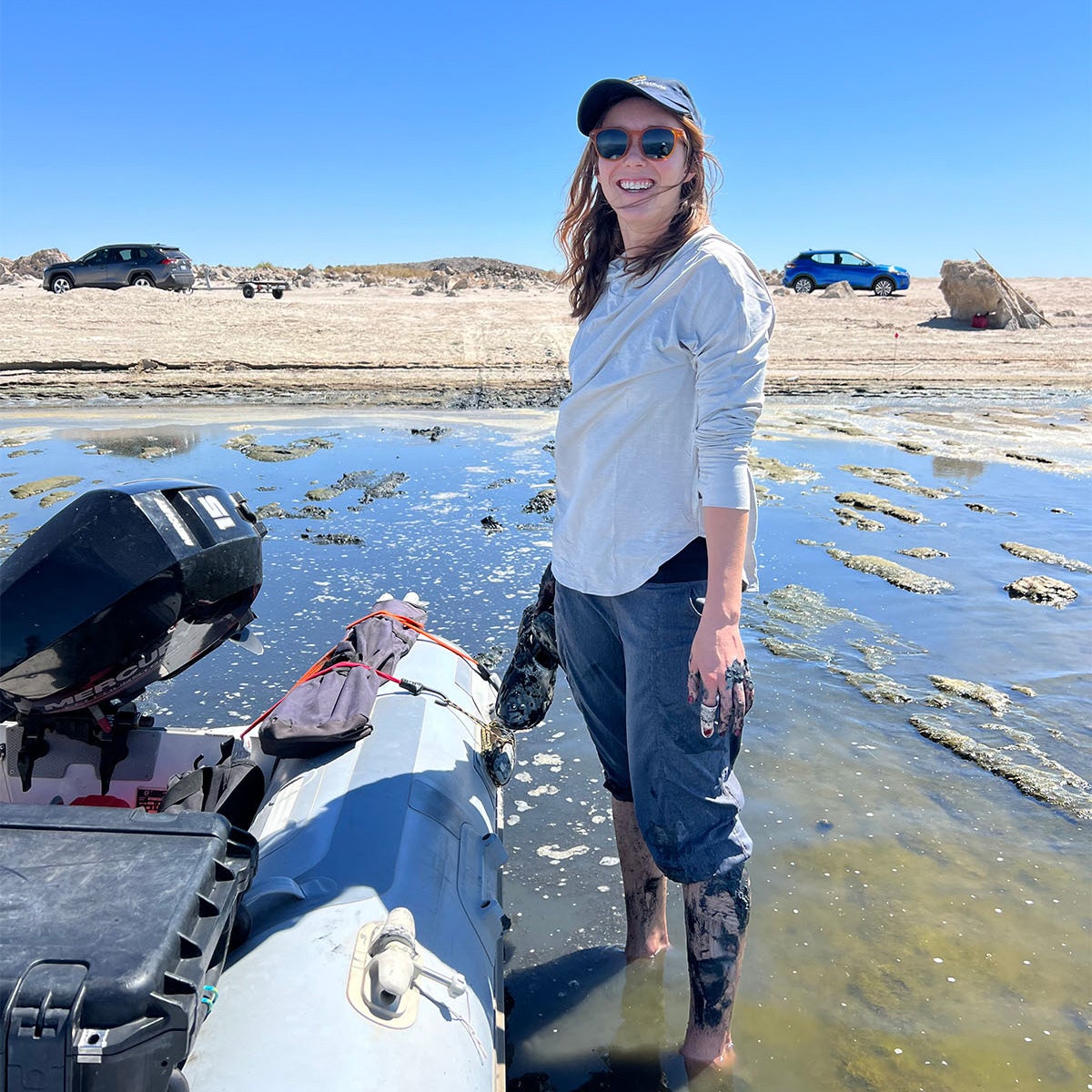
Q: What is procedural justice, and why is it important for lithium extraction research?
Meg Slattery: Procedural justice comes from the concept of trivalent environmental justice, which has three aspects: distributive justice, procedural justice, and recognition justice. My understanding of it is based on scholarship led by social and political theorists like Nancy Fraser, Iris Young, and David Schlosberg.
Distributive justice examines how environmental burdens and benefits are distributed. To examine distributive justice, you look at which communities are experiencing pollution and negative impacts because of a technology or energy development, and who is benefiting from it, economically or environmentally. For example, in the case of electric vehicles, people who live in areas with widespread EV adoption will experience improved air quality.
Procedural justice looks at the decision-making process when a development happens or is proposed, and who is getting to participate; who is deciding where a power plant is located; or who is deciding where the revenue from that is invested. Procedural (in)justice helps explain why distributive justice is unequal, and vice versa, because communities that don’t have as many resources as others can’t show up and advocate for themselves. For example, it might be harder for them to get time off work to attend community meetings or learn about what’s going on in their community.
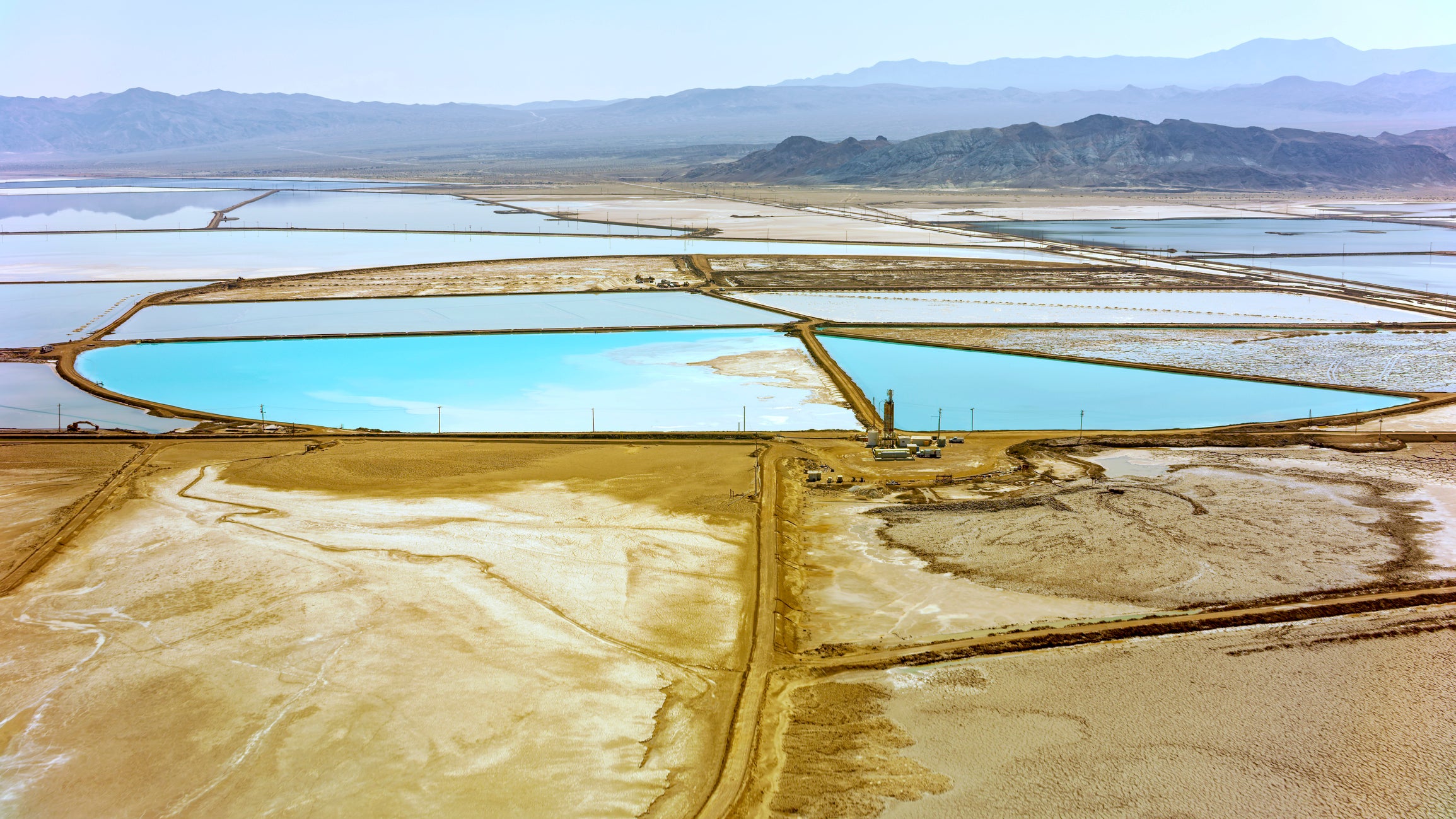
Informed consent, or the ability to say yes or no to a new development in your area, is a really key aspect of procedural justice. For that to be possible, decision-making processes need to be accessible to everyone, but so does information. And right now, the way informative materials are written and shared might not be accessible to everyone, or scientists may be overlooking the issues that are most important to communities altogether.
I think we can make these decision-making processes more equitable by making as much information as possible available from the start instead of going back to study impacts after something like a mineral extraction event has already happened.
Q: How do you apply procedural justice to your work? What do you hope to achieve?
Slattery: The LIRRIC team at Berkeley Lab is doing research that addresses a lot of questions asked by people who live near the proposed development, such as: How much water will the facilities use? What are the byproducts? Are there any impacts to local air quality? How much lithium is there, and how long will the resource last? As the research team generates this information, my plan is to conduct workshops with communities near the Salton Sea and give people an opportunity to ask questions directly. I also want to ask for feedback through focus groups so people can tell us whether we are answering their questions and sharing the information in a way that makes sense to them. This will help inform best practices on how to communicate with people who aren’t scientists – such as using storytelling, or talking about land use in terms of football fields instead of acres.
Another important consideration is that people participating in these focus groups should be compensated for their time. As I mentioned previously, a lot of people might not be able to afford to take time off to participate, and it’s a barrier to representing their perspective. Compensating individuals for their participation also shows that I value their time and input, because it’s ultimately helping my research.
There are also organizations in the area like Comite Civico del Valle who have been advocating for environmental justice for years, and I want to make sure the information is helpful to them as well.
My plan is to conduct workshops with communities near the Salton Sea and give people an opportunity to ask questions directly.
Q: What do you find most challenging in your work?
Slattery: I think one of the main challenges is that the technology – what researchers call “direct lithium extraction” – is so new. People ask questions about the environmental impact, but there aren’t necessarily readily available answers. And it’s not because researchers or policymakers are trying to hide what the potential impacts might be or not be transparent. It’s just because it’s a really new technology. And that’s why there will be pilot plants for gradually scaling up.
Another challenge is that there’s so much enthusiasm behind the technology – because it could be such a great solution to a lot of things – that I think it comes across as being farther along than it is, which makes the community feel like they haven’t been given a chance to participate in decision making, or that people are obscuring information about the environmental impacts, when in reality it’s because this technology is at the very, very early stages.
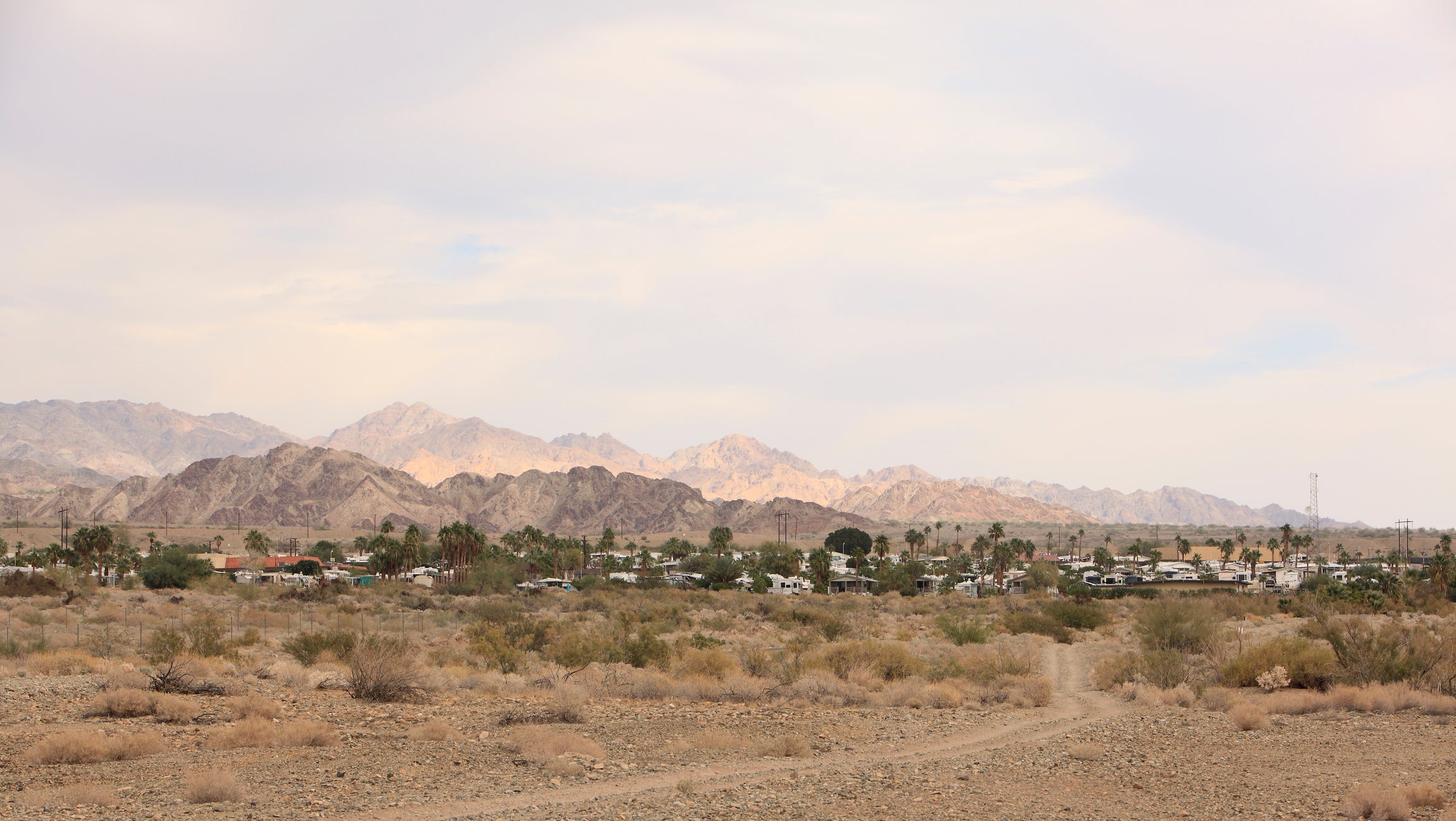
One of the reasons I’m excited about facilitating workshops instead of just presenting information is that the emphasis is more on listening. We are there to listen to their questions, and if we’re able to answer people’s questions in the moment that’s great. If we can’t, we can be honest that we don’t know, and explain why not or how we can look into it. Either way, we are making sure we hear them, and there is an opportunity to build more trust.
Q: What do you hope researchers will learn from your work?
Slattery: I hope researchers will learn that the perspective of communities is not well represented in academic literature and research in general, and also specifically when it comes to mineral extraction developments – and that it falls on us to actively seek it out.
If you’re not from the place you’re studying, you won’t have first-hand knowledge of what it’s like to live and work there, and there are considerations that wouldn’t have occurred to you. So you need to talk to people.
If you’re not from the place you’re studying, you won’t have first-hand knowledge of what it’s like to live and work there, and there are considerations that wouldn’t have occurred to you. So you need to talk to people.
For example, I was able to attend a community meeting in September last year that was organized by the Leadership Counsel for Justice and Accountability. One of the women who lived in North Shore, a community on the northern end of the Salton Sea, said that she was looking forward to the weather cooling off so that she could cook inside.
The housing there is not very climate resilient – many people live in mobile homes – so they have to cook outdoors because it’s too hot to cook indoors. But going outside isn’t safe either, because of air quality problems – the Salton Sea shoreline is receding, and wind kicks up dust.
If you’re cooking outside, you’re potentially breathing in toxic air – and people have serious asthma issues there. So of course it makes sense that people have heightened concern about public health, and that’s something we as researchers need to address, whether or not we expect direct lithium extraction to have a significant impact. If we find that it won’t be significant, we need to explain why not.
Listening to people talk about their daily challenges – and seeing some of those challenges in person – makes it possible for me to imagine the kind of reality that people are living with. At the same time, it’s beautiful down there. It’s very peaceful, and I understand why people feel so attached to the place and their communities. There’s so much that you wouldn’t learn if you’re only relying on just reading academic literature, or if you go in thinking you already know the solution.
Media Resources
This story was originally published Jan. 24 by Lawrence Berkeley National Laboratory, where Theresa Duque is a science writer.
For media inquiries, contact media@lbl.gov, or UC Davis News and Media Relations environment press officer Kat Kerlin at kekerlin@ucdavis.edu.
